
Artwork by Pascale Monnin, Port-au-Prince based on the 2010 earthquake in Haiti, Untitled. Source: Collection Galerie Monnin
On Oct. 2, 1937, under the orders of U.S.-backed Dominican dictator President Rafael Trujillo, the execution of more than 20,000 Haitians began in what is now known as the Parsley Massacre at Massacre River. In her essay, “The River Massacre: The Real and Imagined Borders of Hispaniola,” Michele Wucker explains:
A former sugar cane plantation guard, Rafael Trujillo began his ascent to power in the National Guard, where he was trained by American Marines occupying the Dominican Republic. He quickly rose through the ranks, becoming head of the armed forces when the American troops left in 1924, a time of relative prosperity. It was not long before he toppled an aging caretaker president, and in 1930 he began a 31-year dictatorship during which he renamed mountains and cities after himself and embellished his own name with the honorific Great Benefactor of the Nation and Father of the New Dominion. He wore pancake make-up to lighten the traces of color his Haitian grandmother’s blood had left in his skin. Yet Dominican society still snubbed him for his working-class family origins, and for his youthful exploits as a petty thief.
Turmoil in Europe resonated both with the Dominican Republic’s growing economic difficulties and with Trujillo’s own obsessions with race and status. By 1937 the Dominican Republic was practically broke, its sugar exports fetching only a penny a pound, one twentieth of the price during the boom a decade earlier. In late September of that year, weeks before the massacre, the Dominican president publicly accepted a gift of Hitler’s Mein Kampf, whose racial theories he clearly embraced.
Hitler’s ideas gave Trujillo a racist and nationalist plan to distract Dominicans from their empty stomachs. Reminding Dominicans that they could not afford to feed foreigners too, Trujillo cracked down on migration from Haiti. But powerful American sugar cane plantation owners, who brought in Haitians to cut cane because, forced him to make huge exceptions. He resorted to deporting Haitians and tightening border patrols, but the Haitians kept coming. On October 2, 1937, while Trujillo was drunk at a party in his honor not far from the Massacre River, he gave orders for the “solution” to the Haitian problem.
No high ranking Dominican government official was ever prosecuted or sentenced for the massacre.
Learn More
Read Online
“The River Massacre: The Real and Imagined Borders of Hispaniola” a powerful essay about the Parsley Massacre by Michele Wucker, author of Why the Cocks Fight: Dominicans, Haitians and the Struggle for Hispaniola (Hill & Wang: 1999).
Parsley, a poem by Rita Dove.
History and legacy of the massacre at Border of Lights.
Books
The Farming of Bones by Edwidge Danticat. The Farming of Bones is historical fiction set in 1937, when the Dominican dictator, Generalissimo Rafael Trujillo Molina, ordered the slaughter of Haitians on the Dominican side of the border. The story is told from the perspective of Amabelle, a young Haitian woman who is a servant in the house of a Dominican army officer. In this excerpt, Amabelle and her traveling companion, Yves, Wilner, and Odette, try to flee back to Haiti during the massacre by crossing the Artibonite River. In the chaos, she has become separated from her lover Sebastien, a cane cutter. If Amabelle and her companions are caught by Dominican soldiers, they will be challenged to pronounce the Spanish word perejil. Saying instead the Kreyò word pèsi, and thus betraying their Haitian origins, will mean certain death. There is an excerpt from The Farming of Bones and other readings in Caribbean Connections: Dominican Republic for students.
List of books for the classroom about the Dominican Republic from Social Justice Books.

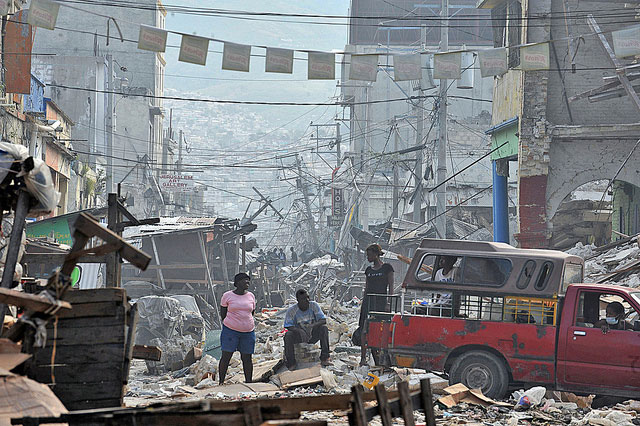
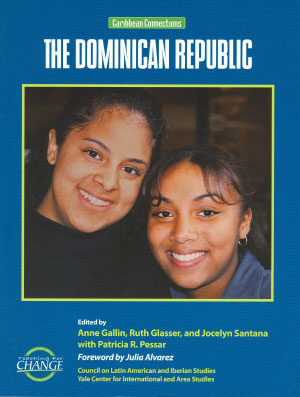
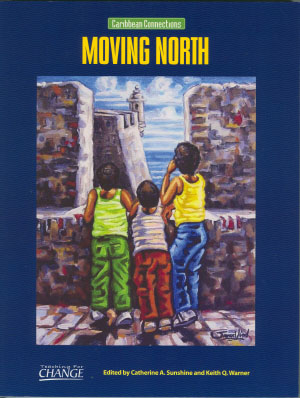
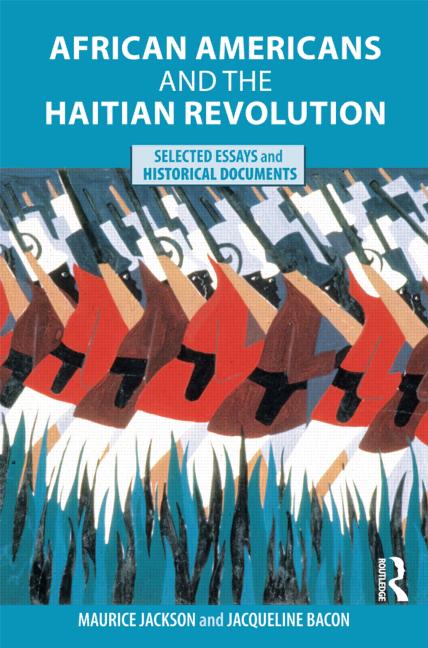
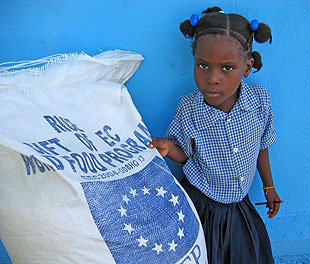

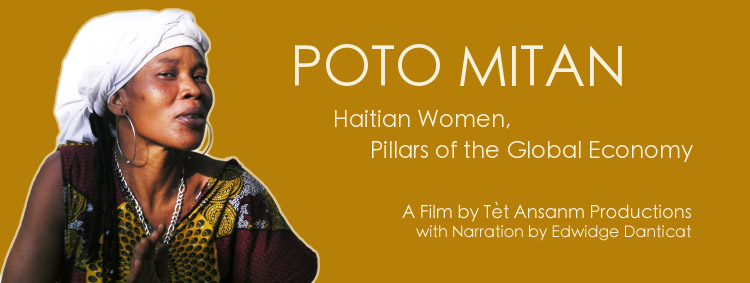
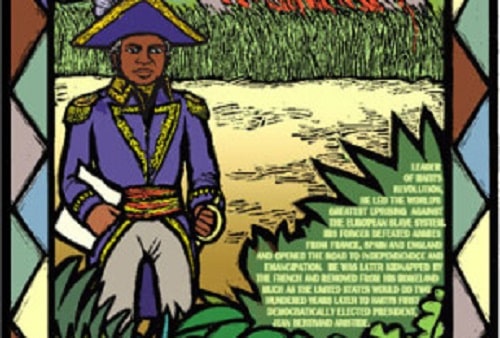
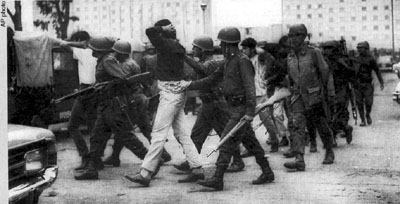
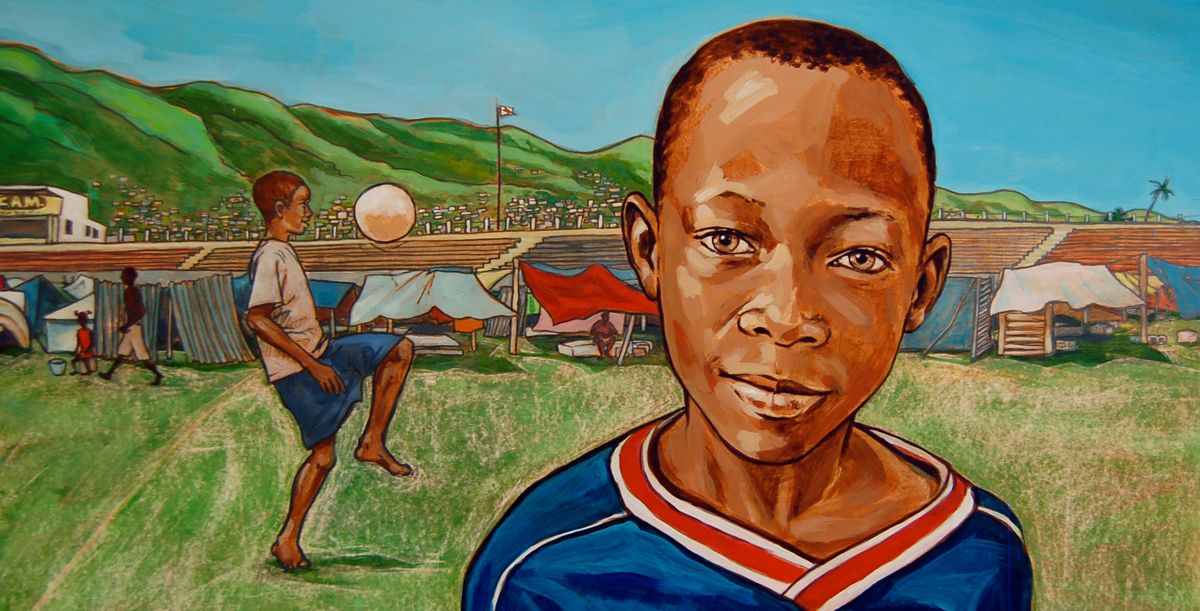





Twitter
Google plus
LinkedIn